Types of olive oil
The systematization of olive oil is used on the global market, as recorded in the Codex Alimentarius, a set of food standards adopted by the FAO/WHO International Commission for the Implementation of the Code of Standards and Regulations for Food products.
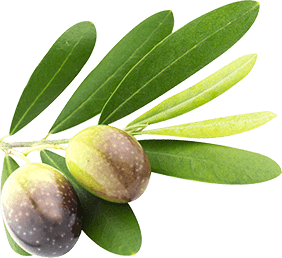
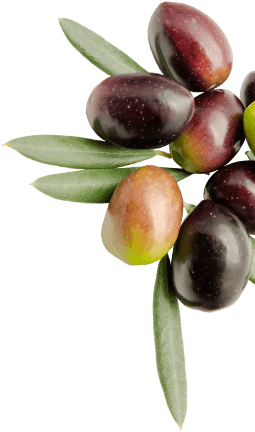
TYPES OF OLIVE OIL ACCORDING TO THE INTERNATIONAL CLASSIFICATION
Extra Virgin olive oil
Unrefined olive oil of the highest quality – an oil of the first pressing; acidity not higher than 0.8 g per 100 g
Virgin olive oil
Unrefined olive oil – an oil of the first pressing; acidity not higher than 2 g per 100 g
Refined olive oil
Refined olive oil - olive oil obtained from the oils of the first pressing that passed the refining process, but not subjected to any processes leading to changes in the original triglyceride structure; acidity not higher than 0.3 g per 100 g
Olive oil
Refined olive oil with the addition of unrefined olive oils -an oil that is a mixture of refined olive oil and olive oils of the first pressing; acidity not higher than 1 g per 100 g
Refined olive-pomace oil
Refined Pomace olive oil - an oil obtained from raw olive oil from pomace, which has undergone a refining process, but has not been subjected to any processes that lead to changes in the initial triglyceride structure; acidity not higher than 0.3 g per 100 g
Olive-pomace oil
Refined olive oil from pomace with the addition of unrefined olive oil - an oil that is a mixture of refined olive oil from pomace and olive oils of the first pressing; acidity is not higher than 1 g per 100 g

THERE ARE MAINLY THREE TYPES OF OIL REPRESENTED ON THE RUSSIAN MARKET
Extra Virgin
Olive Oil
Pomace
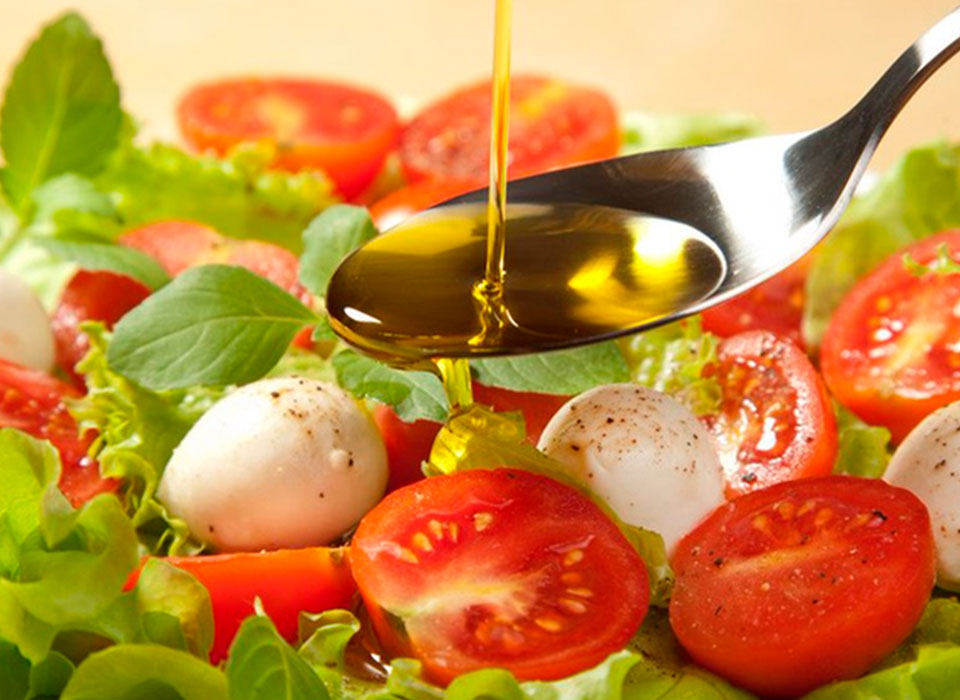
OLIVE OIL Extra Virgin
- Mechanical spin only
- Collection and processing within 24 hours
- Preservation of nutritional value for up to 2 years
- The maximum acidity is 0.8%
- Good for salads and sauces
- Taste with bitterness
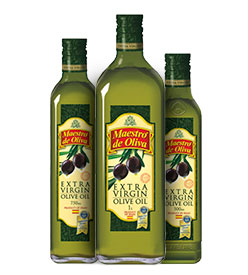
This oil can be called a fresh juice of the olives. It is obtained by pressing olives exclusively by mechanical means, without the use of chemical and biochemical additives. During the production, olives are not subjected to any processing, except for washing. Also they are collected and processed within 24 hours. That is why this type of oil has such a high nutritional value and does not lose it for up to two years. This oil can't be cheap. The acidity of Extra Virgin oil should not exceed 0.8%. The taste of Extra Virgin depends on the variety of olives, but at the same time it is necessarily bitter.
Olive oil with the Bío or Eco badge is produced in compliance with EU Regulation 834/07, which certifies and controls all phases of the production of this alimentary product. The use of synthetic chemicals and genetically modified organisms is prohibited during all stages of the production process. Also, the cultivation of the soil, the olive trees themselves and the fruits of it is carried out only with the use of organic substances and natural materials. This is monitored by a special independent commission of experts. Oils of the DOP, IGP, Bío and Eco class are very rare, they are very expensive, you can buy them in gourmet stores. In Russia, you can often find fake olive oil marked as Bío. Be careful, since manufacturers in Russia do not bear any responsibility for the careless application of the word. To verify the authenticity of the oil, look for a special holographic seal on the back of the label and ask for a certificate of origin.
Olive oil with the Bío or Eco badge is produced in compliance with EU Regulation 834/07, which certifies and controls all phases of the production of this alimentary product. The use of synthetic chemicals and genetically modified organisms is prohibited during all stages of the production process. Also, the cultivation of the soil, the olive trees themselves and the fruits of it is carried out only with the use of organic substances and natural materials. This is monitored by a special independent commission of experts. Oils of the DOP, IGP, Bío and Eco class are very rare, they are very expensive, you can buy them in gourmet stores. In Russia, you can often find fake olive oil marked as Bío. Be careful, since manufacturers in Russia do not bear any responsibility for the careless application of the word. To verify the authenticity of the oil, look for a special holographic seal on the back of the label and ask for a certificate of origin.
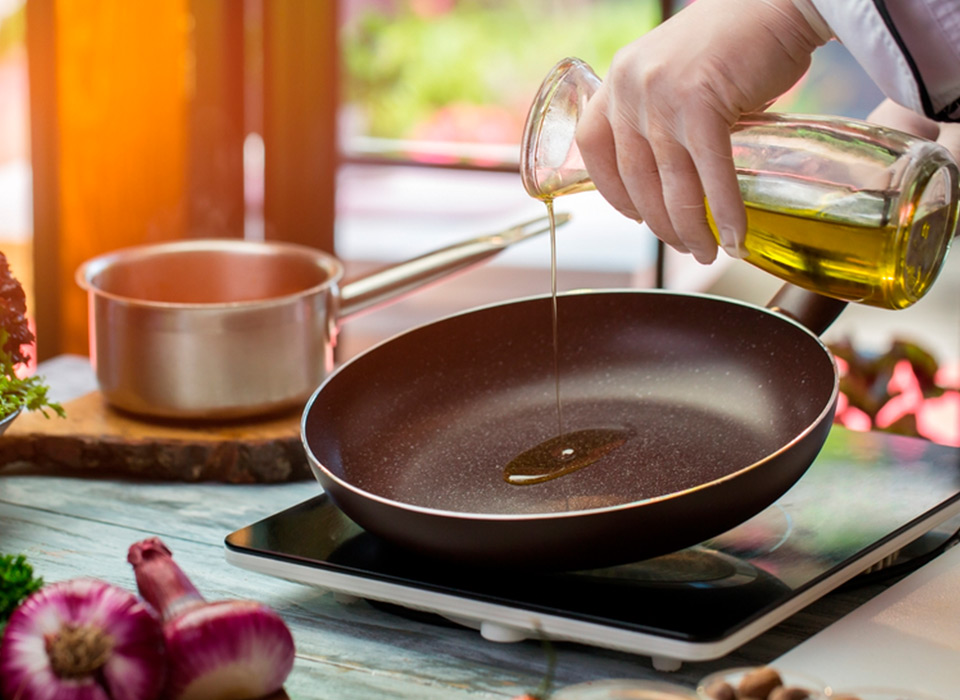
OLIVE OIL Olive Oil
- A blend of Extra Virgin and refined olive oil
- Good for frying
- Acidity up to 1%
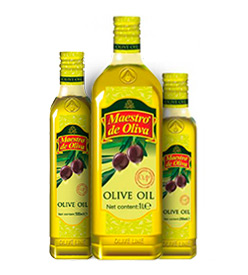
It is a mixture of refined olive oil and Extra Virgin in a ratio of 85%/15%. The maximum acidity allowed is up to 1%.
This is an excellent quality oil that you can use in any dish and recipe. It is perfect for frying. This oil can also be used for dressing salads, making sauces, it does not taste bitter at all, if you are not used to bitterness.
Your dish will be healthy, but without the unique aroma of Extra Virgin olive oil.
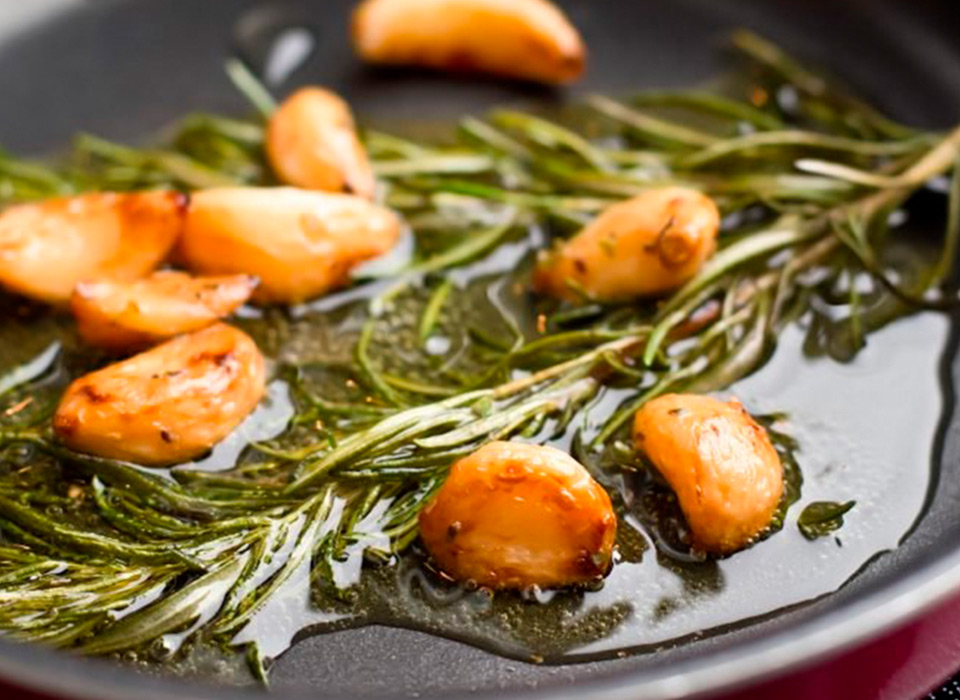
OLIVE OIL Pomace
- The second pressing
- Best for frying and friture
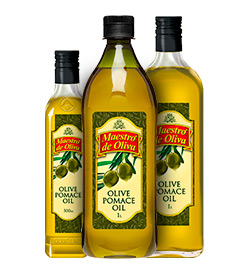
This is a second-pressed olive oil. The process is identical to the one of obtaining any other vegetable oil. It includes organic solvents and high temperature. Therefore, the definition of pomace oil as olive oil on the label is simply contrary to the law. After extraction, the resulting oil is refined and mixed with Extra Virgin to improve the taste and aroma and improve the quality of the final product.
This oil does not have as much nutritional value as the previous two types of olive oils, but it has the same vitamins and minerals, only in smaller quantities.
It is advisable to use it for frying, where you need to use a large amount of oil (for deep frying, for example).
This oil is much cheaper than the others.
Manuel Pombo Angulo, 24.
Planta 2 — Oficina 13,
Madrid (Spain) — 28050
Planta 2 — Oficina 13,
Madrid (Spain) — 28050
+ 34 91 651 80 89
oliveline@oliveline.es
www.oliveline.ru

